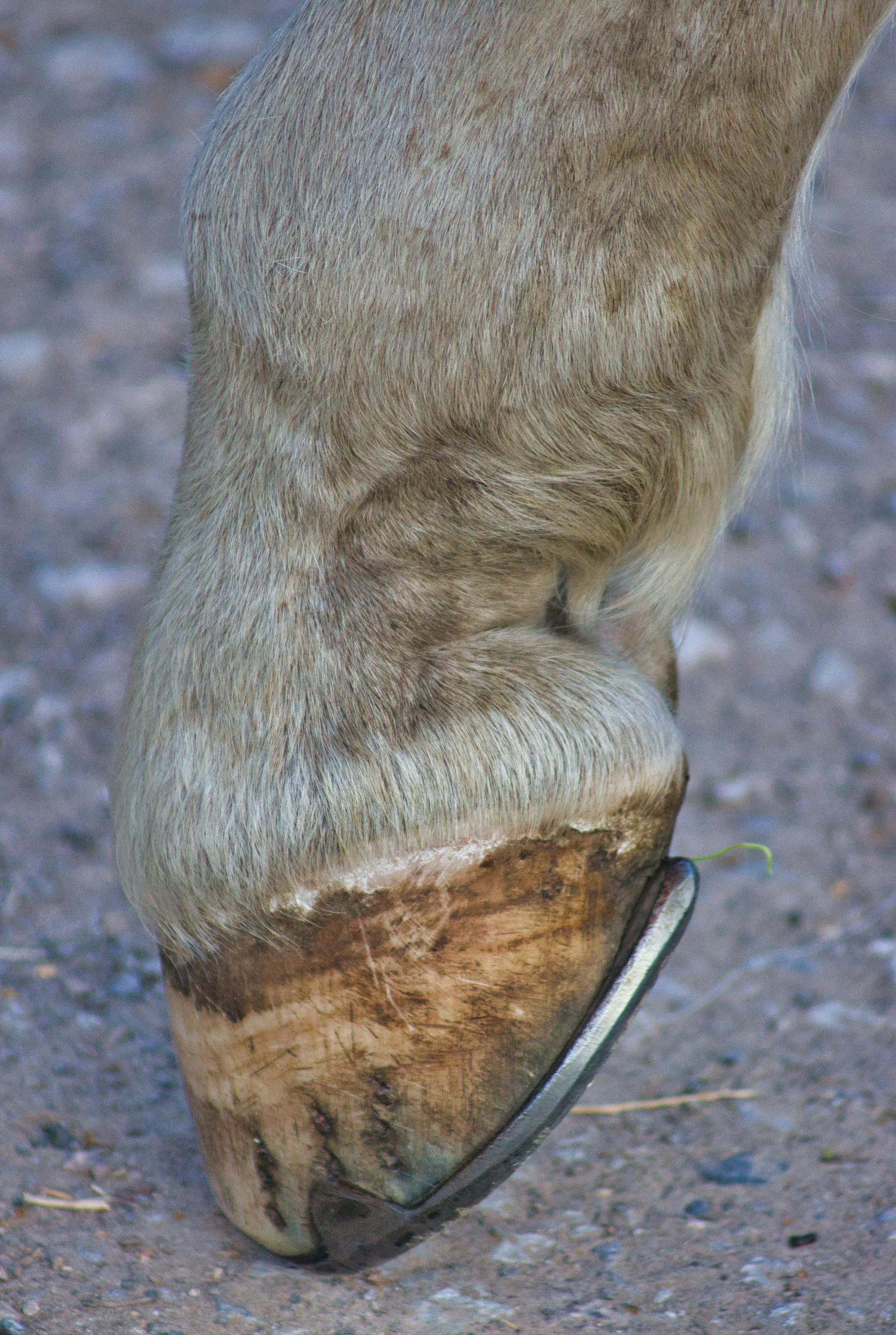How to Properly Care for a Horse’s Legs After Training

How to Properly Care for a Horse’s Legs After Training
Taking care of a horse's legs after training or vigorous exercise is crucial for maintaining their health and performance. The legs of a horse are prone to stress and injury if not properly cared for. This detailed guide will outline effective strategies to ensure your horse's legs receive the best possible care post-training.
Understanding the Importance of Post-Training Leg Care
horses are magnificent creatures known for their power and grace, but they are also vulnerable to leg injuries if proper care is not taken. The stress from training can lead to various issues such as swelling, inflammation, and even long-term damage if ignored. Effective post-training care can help prevent these problems and aid in quicker recovery, keeping your horse healthy and active.
Cooldown and Stretching
Begin with a proper cooldown. After a training session, slow walking for at least 10 to 15 minutes helps to gradually reduce the heart rate and prevent stiffness in the muscles and joints. Following the cooldown, gentle stretching can significantly benefit the horse. Carefully extending the legs and flexing the joints can help maintain range of motion and reduce the risk of injuries.
Cleaning and Inspection
Thoroughly cleaning the legs is essential. Remove any dirt, mud, or debris, as these can hide cuts, scrapes, or swellings that may need attention. Use a brush designed for horses to gently clean around the hooves, fetlocks, and pasterns. Follow this with a close inspection of the legs for any signs of injury or distress, such as heat, pain, or swelling.
Applying Cold Therapy
Cold therapy is a highly effective method for reducing inflammation and soreness after a workout. Applying cold compresses or ice packs wrapped in a towel to the legs for 20 minutes can help soothe tired ligaments and tendons. Ensure that the cold source is not in direct contact with the skin to avoid frostbite. Cold therapy is especially beneficial after a particularly strenuous session or during warm weather.
Bandaging and Support
After cold therapy, consider bandaging the horse's legs. This can provide support and maintain even pressure, which helps reduce swelling and supports circulation. Use clean bandages and ensure they are not too tight; poorly applied bandages can cause more harm than good. It's important to be trained in proper bandaging techniques or consult a veterinarian or an experienced horse handler.
Evaluating the Need for Professional Care
If during any part of your post-training routine you discover signs of severe swelling, persistent heat, or pain in your horse’s legs, it’s crucial to consult with a veterinarian. These could be signs of more serious conditions such as tendon injuries or infections that require professional treatment.
Maintaining a Routine
Consistency is key when it comes to equine leg care. Establish a routine that includes all the aforementioned steps, and adhere to it after every training session. This not only helps in maintaining the condition of your horse's legs but also in early detection of any potential health issues.
Caring for a horse's legs after training is an essential part of equine management. By following these tips, you can help ensure your horse remains healthy, happy, and ready for the next adventure.
